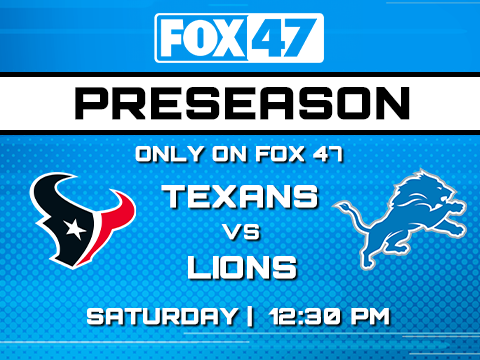With the frigid temperatures and students on holiday break, parents will want to keep a close eye on their kids if they're playing in the snow.
Frostbite and hypothermia are things to keep an eye out for in these extreme conditions.
FOX 47 News talked with a doctor about the warning signs and how long kids can play outside before it starts to get dangerous.
Dr. Susan Fedewa, an emergency medicine physician at 98.6 Emergicenter, said there is no set amount of time before being outside in these temperatures become dangerous. But Dr. Fedewa can't stress enough the importance of parental supervision when it gets this cold.
"Kids need to be supervised pretty closely as do animals as well, just because they don't have the common sense to know they can't feel their fingers or know that they are getting confused and cold," said Dr. Susan Fedewa.
A good example is when kids play out in the snow, like at Lansing's Hawk Island snow tubing hill where they're moving around quite a bit.
One parent, Joseph Putman, told FOX 47 News even if they get hot it doesn't stop him from layering up his kids.
"When they're doing things like this where they are warm and they're active, they don't feel that cold as much. But the cold doesn't know so you got to stay covered up," he said.
When your kids are getting too hot, or too cold, it is advised to take a break, shed layers that might be wet with sweat or go inside to warm up. One sign of oncoming frostbite is the loss of feeling in your fingers or toes.
"You need to look down at those fingers and see if they look abnormal and then you know you're getting frostbite. You need to get out of the cold, there is no treatment other than just getting out of the cold and warming up."
One sledder told us when her quitting point is.
"When our feet get super cold and our faces get numb," said Nina Hufnagel.
Another sign to look out for is shivering. Dr. Fedewa said that is the start of hypothermia.



